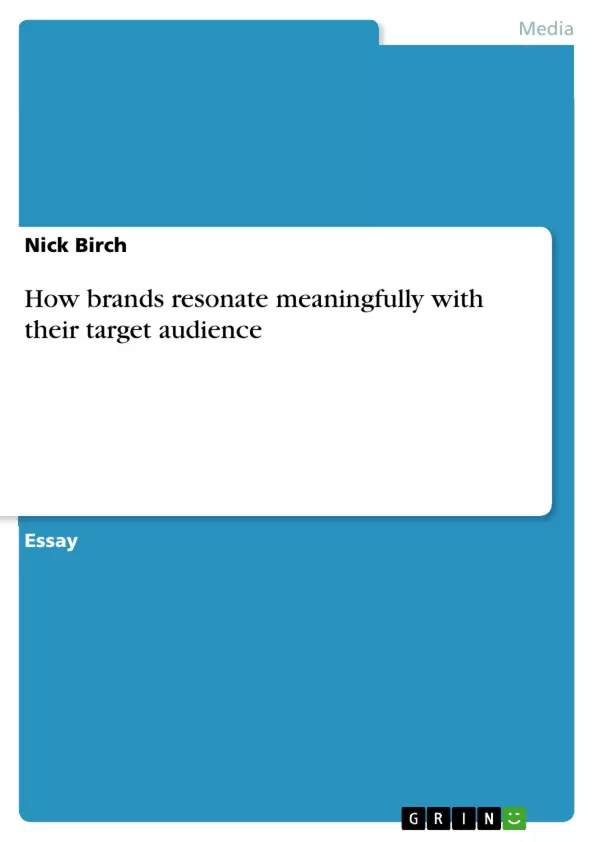All aspects of a brand image should resonate with its target audience in order to create a meaningful relationship. Before a brand can improve the lives of those who use it, the identity of both needs to be clearly understood by the other. Once this is established, a relationship can be forged and nurtured much like a relationship between two people. Like a relationship, the parties need to bond, to listen, to grow, to be authentic and to stay that way.
When Interbrand (2014), the world’s largest brand consultancy, released their 2007 Brand Marketers Report, the following five top aspects of successful branding were revealed (Airey, 2007):
1. Consistency
2. Understanding of Customer/Target
3. Message/Communication
4. Creative/Design/Brand ID
5. Relevance
Many other aspects were of course discovered in the survey, but the best practises may be found under these top five – the first beating the second by twice the percentage (Airey, 2007). When implemented successfully, valuable brand equity can be attained, attracting a responsive audience and relevant target customers.
Inhaltsverzeichnis (Table of Contents)
- Consistency
- Customer Understanding
- Message/Communication
- Creative/Design/Brand ID
- Relevance
Zielsetzung und Themenschwerpunkte (Objectives and Key Themes)
This text explores how brands can create meaningful relationships with their target audience by resonating with their needs, desires, and emotional connections. It aims to guide businesses in building strong brand identities that foster loyalty and resonate deeply with consumers. Key themes discussed include:- The importance of brand consistency and its role in building trust and recognition.
- The critical need to deeply understand the target market, including their demographics, interests, and motivations.
- The power of emotional branding and its ability to connect with consumers on a subconscious level.
- The role of design and communication in shaping brand identity and conveying messages effectively.
- The evolving nature of branding in a digital world, where rapid adaptation and innovation are essential.
Zusammenfassung der Kapitel (Chapter Summaries)
Consistency
This chapter emphasizes the significance of brand consistency across all communication channels and touchpoints. It discusses the importance of creating a cohesive brand identity that remains consistent in its messaging, visual presentation, and overall experience, regardless of the medium or format.Customer Understanding
This chapter highlights the crucial role of understanding the target market in building a successful brand. It emphasizes the need to identify the needs, values, and desires of the customer, recognizing that simply providing a product or service is not enough. The chapter explores the concept of emotional branding, emphasizing the importance of connecting with customers on an emotional level.Schlüsselwörter (Keywords)
The primary keywords and focus topics of this text include brand consistency, target audience, emotional branding, customer understanding, and brand identity. The text also explores concepts such as design, communication, brand equity, and the evolving landscape of branding in a digital world.- Arbeit zitieren
- Nick Birch (Autor:in), 2014, How brands resonate meaningfully with their target audience, München, GRIN Verlag, https://www.grin.com/document/274459



